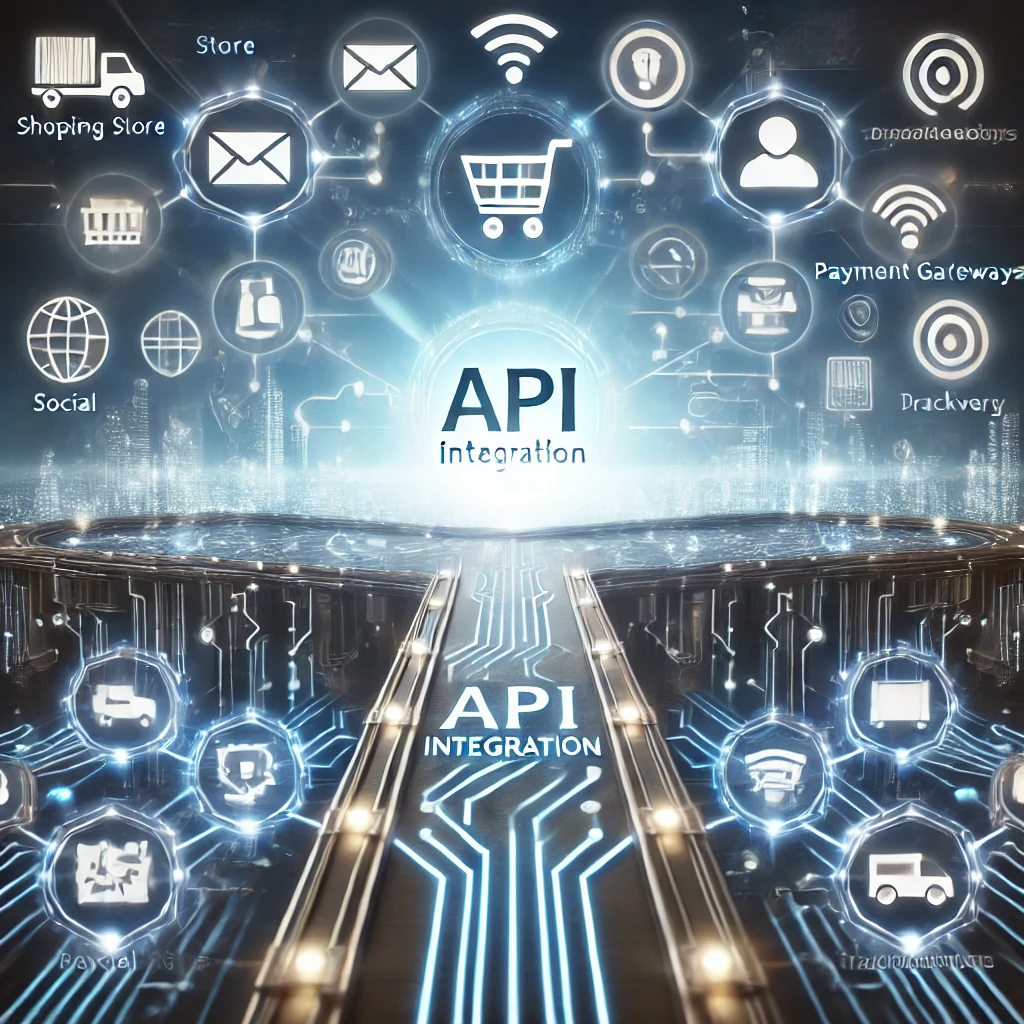E-commerce has transformed the way we shop, and technology plays a pivotal role in shaping this digital revolution. As consumers demand seamless and personalized shopping experiences, businesses must stay ahead of the curve by adopting cutting-edge technologies. In this blog post, we’ll explore some of the most influential technologies driving e-commerce innovation.
Artificial Intelligence (AI)
AI is reshaping the e-commerce landscape by enabling personalized recommendations, intelligent search, and automated customer service. Here’s how AI is making a difference:
- Personalized Product Recommendations: AI algorithms analyze customer behavior, preferences, and purchase history to offer tailored product suggestions.
- Chatbots and Virtual Assistants: AI-powered chatbots provide instant customer support, answer queries, and guide shoppers through the buying process.
- Image and Voice Search: AI-driven image and voice search technologies allow customers to find products using visual or auditory cues.
Machine Learning (ML)
As a subset of AI, ML empowers e-commerce businesses to make data-driven decisions and optimize operations. Key applications of ML include:
- Predictive Analytics: ML algorithms analyze historical data to predict future trends, such as customer demand and inventory levels.
- Fraud Detection: ML models can identify fraudulent transactions and protect businesses from financial losses.
- Dynamic Pricing: ML enables businesses to adjust prices in real-time based on factors like demand, competition, and customer behavior.
Internet of Things (IoT)
IoT devices connect physical objects to the internet, opening up new possibilities for e-commerce. Some IoT applications in e-commerce include:
- Smart Inventory Management: IoT sensors can track inventory levels in real-time, ensuring optimal stock levels and preventing stockouts.
- Smart Shipping and Logistics: IoT devices can monitor the movement of goods, optimize shipping routes, and improve delivery efficiency.
- Personalized Shopping Experiences: IoT-enabled devices can collect data on customer preferences and behavior, enabling highly personalized shopping experiences.
Augmented Reality (AR) and Virtual Reality (VR)
AR and VR technologies are transforming the way customers interact with products. Here are some e-commerce applications:
- Virtual Try-On: AR allows customers to virtually try on clothes, accessories, and makeup.
- Product Visualization: VR enables customers to explore products in immersive 3D environments.
- Interactive Product Demos: AR and VR can provide interactive product demonstrations, enhancing customer engagement.
Blockchain Technology
Blockchain offers a secure and transparent way to record transactions and track the movement of goods. E-commerce benefits of blockchain include:
- Supply Chain Transparency: Blockchain can track the journey of products from origin to consumer, ensuring transparency and accountability.
- Secure Payments: Blockchain-based payment systems offer secure and efficient transactions, reducing the risk of fraud.
- Digital Identity Verification: Blockchain can verify customer identities, preventing identity theft and fraud.
By embracing these technologies, e-commerce businesses can create innovative and engaging shopping experiences, drive customer loyalty, and gain a competitive edge in the digital marketplace.


